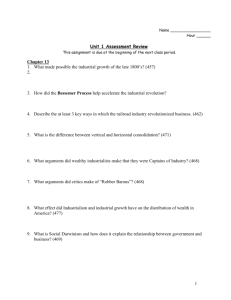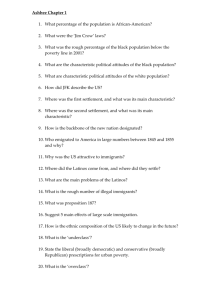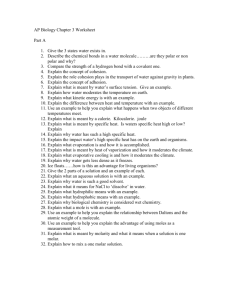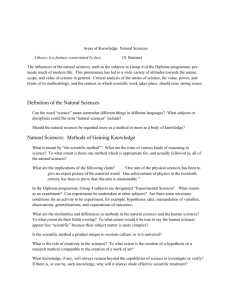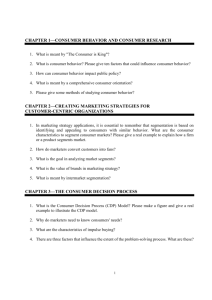AP Biology Cancer/Loss of Cell Cycle Control Pre-Lab 3-14-13
advertisement
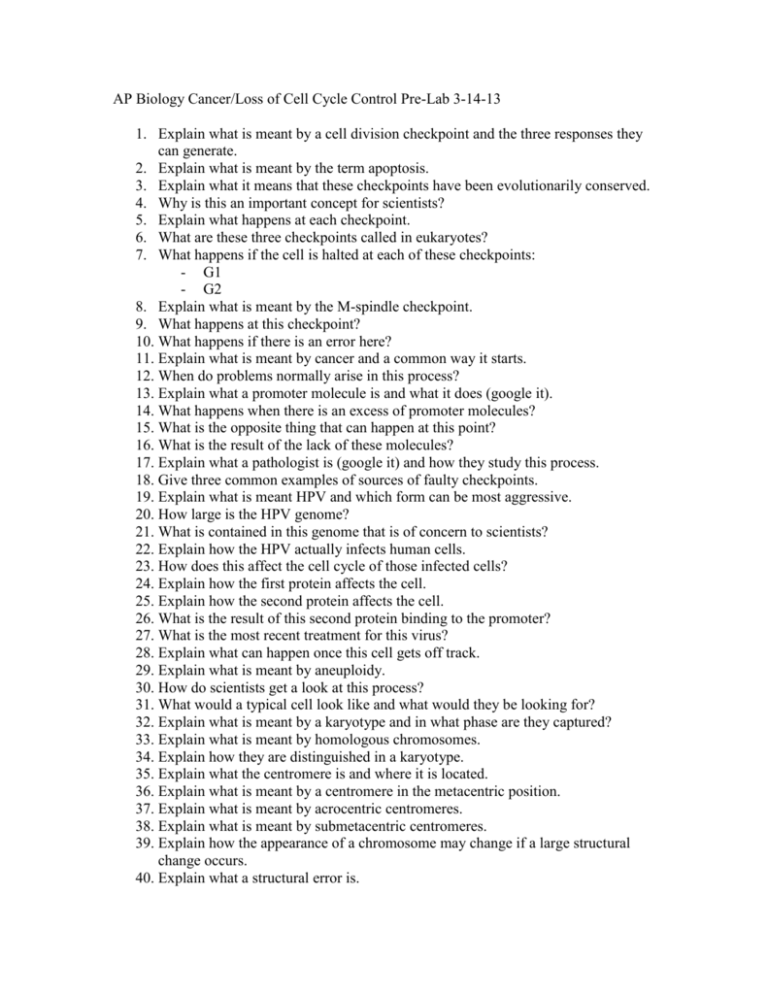
AP Biology Cancer/Loss of Cell Cycle Control Pre-Lab 3-14-13 1. Explain what is meant by a cell division checkpoint and the three responses they can generate. 2. Explain what is meant by the term apoptosis. 3. Explain what it means that these checkpoints have been evolutionarily conserved. 4. Why is this an important concept for scientists? 5. Explain what happens at each checkpoint. 6. What are these three checkpoints called in eukaryotes? 7. What happens if the cell is halted at each of these checkpoints: - G1 - G2 8. Explain what is meant by the M-spindle checkpoint. 9. What happens at this checkpoint? 10. What happens if there is an error here? 11. Explain what is meant by cancer and a common way it starts. 12. When do problems normally arise in this process? 13. Explain what a promoter molecule is and what it does (google it). 14. What happens when there is an excess of promoter molecules? 15. What is the opposite thing that can happen at this point? 16. What is the result of the lack of these molecules? 17. Explain what a pathologist is (google it) and how they study this process. 18. Give three common examples of sources of faulty checkpoints. 19. Explain what is meant HPV and which form can be most aggressive. 20. How large is the HPV genome? 21. What is contained in this genome that is of concern to scientists? 22. Explain how the HPV actually infects human cells. 23. How does this affect the cell cycle of those infected cells? 24. Explain how the first protein affects the cell. 25. Explain how the second protein affects the cell. 26. What is the result of this second protein binding to the promoter? 27. What is the most recent treatment for this virus? 28. Explain what can happen once this cell gets off track. 29. Explain what is meant by aneuploidy. 30. How do scientists get a look at this process? 31. What would a typical cell look like and what would they be looking for? 32. Explain what is meant by a karyotype and in what phase are they captured? 33. Explain what is meant by homologous chromosomes. 34. Explain how they are distinguished in a karyotype. 35. Explain what the centromere is and where it is located. 36. Explain what is meant by a centromere in the metacentric position. 37. Explain what is meant by acrocentric centromeres. 38. Explain what is meant by submetacentric centromeres. 39. Explain how the appearance of a chromosome may change if a large structural change occurs. 40. Explain what a structural error is. 41. Explain the following types of structural errors: - inversions - deletion - duplications - translocations 42. Explain what is meant by CML and its cause. 43. Which chromosomes are involved? 44. Explain what is meant by the Philadelphia chromosome. 45. What do the actual karyotypes look like? 46. Explain what is meant by an ideogram is.



